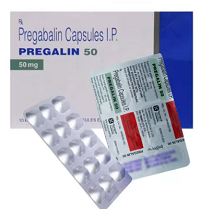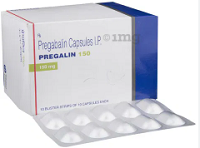Introduction
Neuropathic pain, a complex and often debilitating condition, affects millions worldwide. Unlike nociceptive pain, which stems from tissue damage, neuropathic pain arises from dysfunction or damage to the nervous system. Understanding its underlying causes is crucial for effective management and treatment. In this comprehensive guide, we delve into 5 Common Causes of Neuropathic Pain to shed light on this intricate condition.
Diabetes Mellitus
Diabetes Mellitus, a chronic metabolic disorder characterized by high blood sugar levels, is a leading cause of neuropathic pain. The condition’s hallmark peripheral neuropathy results from prolonged exposure to elevated glucose levels, leading to nerve damage. This damage manifests as tingling, burning sensations, and numbness, primarily affecting the extremities. Tight glycemic control, lifestyle modifications, and medication management are pivotal in mitigating neuropathic pain in diabetic patients.
Traumatic Injury
Traumatic injuries, such as spinal cord injury (SCI) or nerve compression, can precipitate neuropathic pain. SCI disrupts the normal transmission of nerve signals, leading to altered sensation and chronic pain. Similarly, nerve compression, often seen in conditions like carpal tunnel syndrome, can result in neuropathic symptoms like shooting pain, tingling, and weakness. Prompt medical intervention, rehabilitative therapies, and surgical interventions may be necessary to alleviate neuropathic pain following traumatic injury.
Postherpetic Neuralgia (PHN)
Postherpetic Neuralgia (PHN), a debilitating complication of herpes zoster infection, can persist long after the resolution of the acute rash. The varicella-zoster virus, which causes chickenpox, can reactivate later in life, leading to shingles and subsequent nerve damage. PHN manifests as sharp, burning pain localized to the affected dermatome, often accompanied by hypersensitivity. Antiviral medications, analgesics, and adjunctive therapies such as nerve blocks and antidepressants play a crucial role in managing PHN and alleviating pain.
Chemotherapy-Induced Peripheral Neuropathy (CIPN)
Chemotherapy-Induced Peripheral Neuropathy (CIPN) is a distressing side effect of certain chemotherapeutic agents, affecting up to 40% of cancer patients. The neurotoxic effects of chemotherapy drugs can damage peripheral nerves, leading to neuropathic symptoms such as numbness, tingling, and shooting pain, primarily in the hands and feet. Management strategies for CIPN focus on dose modification, symptom management with analgesics and neuropathic agents, and integrative therapies like acupuncture and physical therapy.
Chronic Diseases
Various chronic diseases, including autoimmune disorders like multiple sclerosis (MS) and inflammatory conditions like rheumatoid arthritis (RA), can predispose individuals to neuropathic pain. In MS, demyelination of nerve fibers disrupts signal transmission, resulting in symptoms such as electric shock-like sensations and muscle spasms. Similarly, RA-related inflammation can compress nerves and lead to pain in affected joints. Multimodal treatment approaches, including disease-modifying medications, immunosuppressants, and pain management strategies, are essential in addressing neuropathic pain in individuals with chronic diseases.
Conclusion
Neuropathic pain encompasses a spectrum of conditions stemming from nervous system dysfunction, with diverse etiologies ranging from metabolic disorders to traumatic injuries and chronic diseases. By elucidating the 5 Common Causes of Neuropathic Pain, we aim to empower individuals and healthcare professionals with knowledge to effectively manage and treat this challenging condition.





